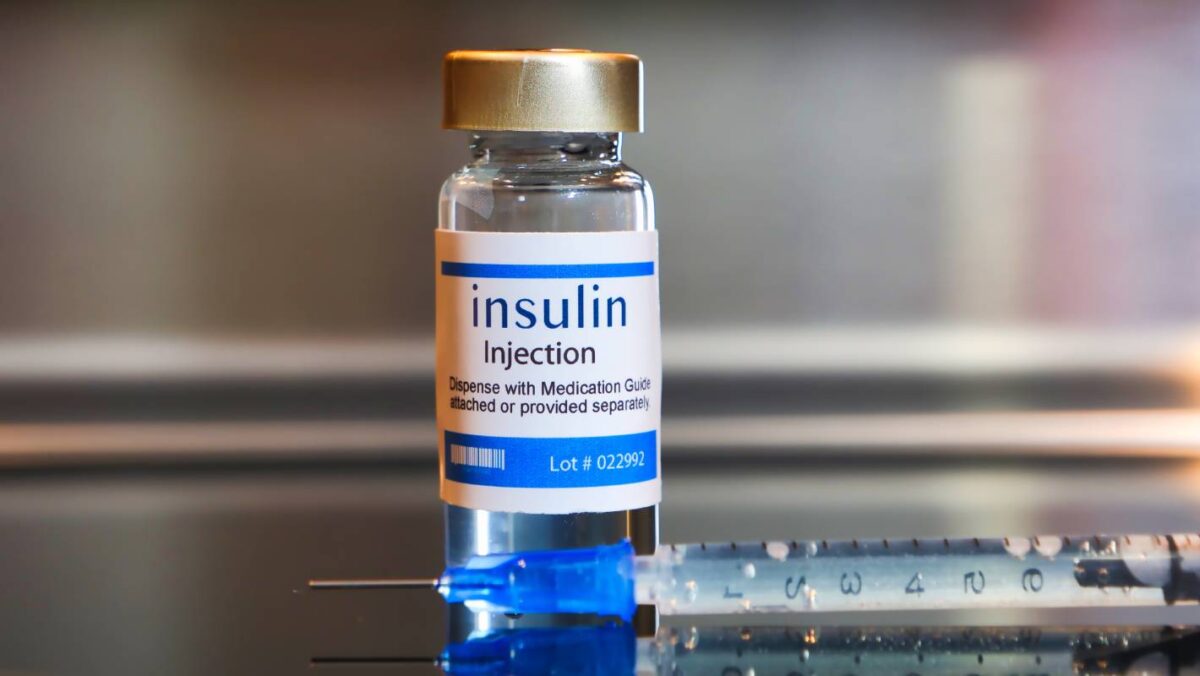Insulin Prices in the U.S.

Insulin is a life-saving medication essential to the management of diabetes, a chronic condition that affection millions of Americans. The cost of insulin has risen dramatically in the last decade, however. A report by the Health Care Cost Institute reveals that the average price of insulin doubled from 2012 to 2016—making it difficult for many people to afford. More recently in 2019, the average price of insulin had reached $300 per vial (many people with diabetes require multiple vials of insulin every month). Therefore, insulin prices in the U.S. has emerged as a topic of controversy and great concern in recent years.
The average price in the U.S., across all types of insulin, has been revealed to be more than ten times higher than the average price in every other country of the world. In fact, the closest any country has come, reportedly, to paying the $98.70 United States average was the $21.48 average in Chile (1). With millions of Americans struggling to afford basic household needs in the wake of COVID-19, these prices have only decreased by 5% between 2020 and 2021 (2).
One report on this crisis shared the tragic story of a young man who was first diagnosed with type 1 diabetes at the age of 23 while working as a restaurant manager in Minnesota. By the age of 26, he was no longer eligible to remain on his mother’s health care insurance plan. The health insurance he qualified for came with a $7,600 deductible and a monthly premium of $440, which was beyond reach financially, leading to his decision to forego insurance and purchase insulin out of pocket. He attempted to ration his insulin due to financial constraints and was eventually found dead as a result of diabetic ketoacidosis (3).
High insulin prices in the U.S. are caused by several factors. First, there is a lack of price regulation in the pharmaceutical industry, thereby allowing drug manufacturers to set their own prices. Second, the insulin market is very complex, involving multiple intermediaries such as wholesalers, insurers, and pharmacy benefit managers, each of which adds to the final cost of insulin. Finally, inconsistent insurance coverage, for insulin and health care in general, can exacerbate the situation (4).
The exorbitant cost of insulin has fuelled widespread public anger and calls for reform. Certain advocates push for tighter regulation of medication prices, while others suggest alternative solutions, such as the development of generic versions of the medication or the importation of insulin from other countries into the U.S.
In an attempt to reduce some of the burden, some initiatives try to help people patients with diabetes gain access to affordable insulin. Certain pharmaceutical companies offer patient assistance programs ensuring free or reduced-cost insulin to eligible individuals, for example, while some states have passed laws capping the cost of insulin or requiring insurers to cover the medication at no cost to patients.
While the Biden administration, states, insurers, and insulin manufacturers have made efforts to cut insulin prices, Food and Drug Administration (FDA) approvals of biosimilars and generics have been the greatest drivers in the decrease in insulin prices in the U.S. (2).
In the future, additional work remains to be done to continue to continue to drive insulin costs down and ensure basic health care access to all Americans.
References
1. The Astronomical Price of Insulin Hurts American Families | RAND [Internet]. [cited 2023 Mar 16]. Available from: https://www.rand.org/blog/rand-review/2021/01/the-astronomical-price-of-insulin-hurts-american-families.html
2. How Much Does Insulin Cost? Here’s How 28 Brands and Generics Compare – GoodRx [Internet]. [cited 2023 Mar 16]. Available from: https://www.goodrx.com/healthcare-access/research/how-much-does-insulin-cost-compare-brands
3. Rajkumar SV. The High Cost of Insulin in the United States: An Urgent Call to Action. Mayo Clin Proc. 2020 Jan 1;95(1):22–8. https://doi.org/10.1016/j.mayocp.2019.11.013
4. Cefalu WT, Dawes DE, Gavlak G, Goldman D, Herman WH, Van Nuys K, et al. Insulin access and affordability working group: Conclusions and recommendations. Diabetes Care. 2018. doi: 10.2337/dci18-0019